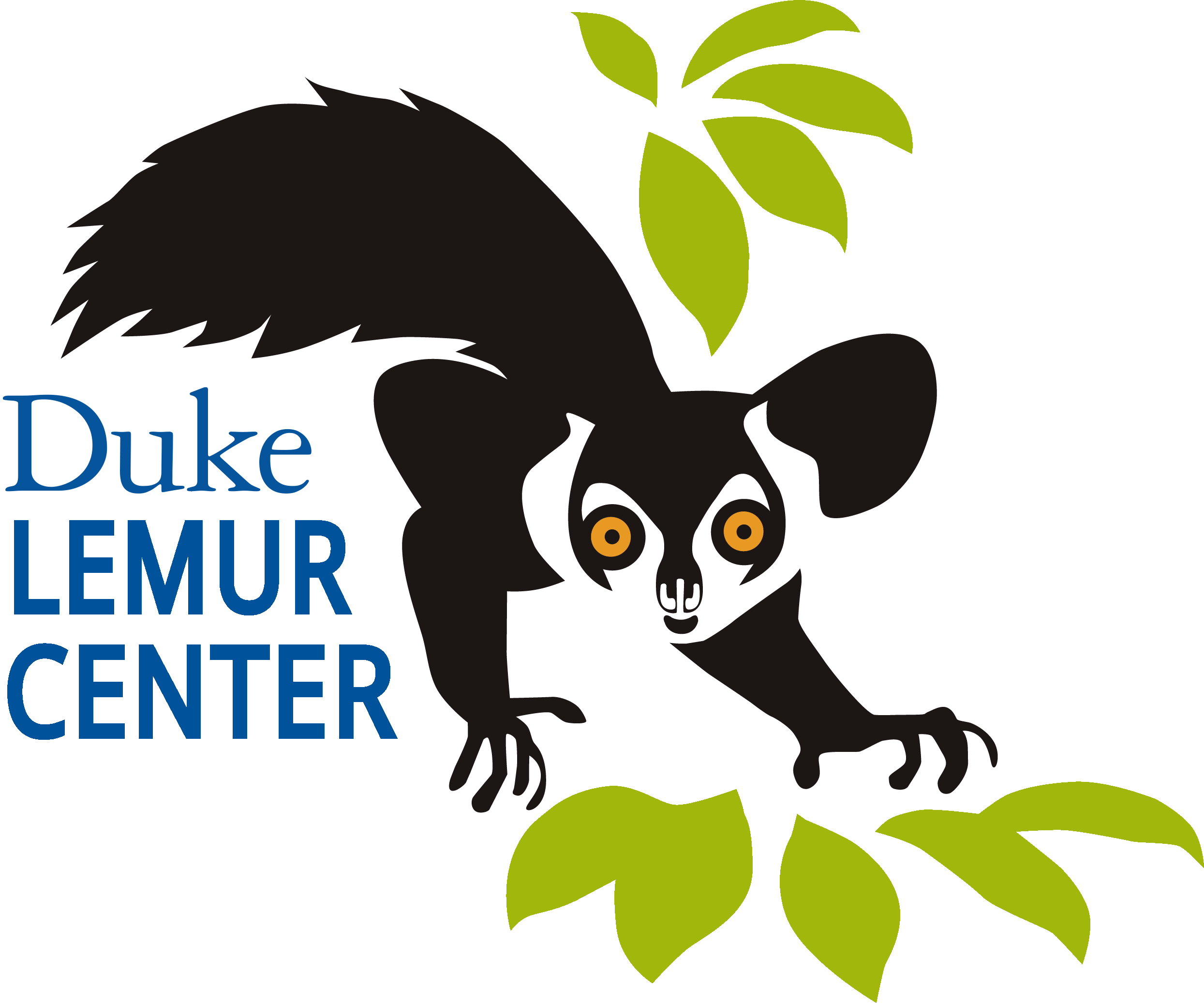Grade levels we can accommodate: Kindergarten through 1st grade
Duration: 60 minutes (tour is included)
Objective: Students will learn how primates use their hands to get what they need from their environment; that different primates have different thumb structures that best suit their environments; and that these traits may show some variation in individuals.
Standards addressed:
K.L.1.1 — Compare different types of the same animal (i.e. different types of dogs, different types of cats, etc.) to determine individual differences within a particular type of animal.
1.L.1.1 — Recognize that plants and animals need air, water, light (plants only), space, food, and shelter and that these may be found in their environment.
2.L.2.1 — Identify ways in which many plants and animals closely resemble their parents in observed appearance and ways they are different.
Grade levels we can accommodate: 2nd-5th grade, 6th-8th grade, and high school
Duration: 75-90 minutes (tour is included; total timing depends on age and background knowledge of the group)
Objective: What is a primate? Students will learn the various characteristics that help classify a primate. They will understand how those traits enable primates to better interact with their environment, how those traits may be passed on to offspring, and how traits differ from one type of primate to another.
Standards addressed:
Elementary:
3.G.1.3 — Exemplify how people adapt to, change, and protect the environment to meet their needs.
4.L.1 — Understand the effects of environmental changes, adaptations, and behaviors that enable animals (including humans) to survive in changing habitats.
5.L.3.2 — Give examples of likenesses that are inherited and some that are not.
6.RP.1.1 — Implement a research process collaboratively.
Middle School:
6.RP.1.1 — Implement a research process collaboratively.
7.L.2.3 — Explain the impact of the environment and lifestyle choices on biological inheritance (to include common genetic diseases) and survival.
8.L.3 — Understand how organisms interact with and respond to the biotic and abiotic components of their environment.
Grade levels we can accommodate: 6th-8th grade and high school
Duration: 90 minutes (tour is included)
Objective: Students will have the opportunity to pursue a scientific inquiry from formation of a hypothesis to collection and analysis of data using lemurs as their test subjects. This program will enable to get a glimpse into the life a biologist doing field work. Students will observe lemurs “up close and personal” and record their findings on ethograms — just as field biologists do.
Standards addressed:
6th- through 8th-grade preamble — A well-planned science curriculum provides opportunities for inquiry, experimentation, and technological design. Teachers, when teaching science, should provide opportunities for students to engage in “hands-on/minds-on” activities that are exemplars of scientific inquiry, experimentation, and technological design.
Grade level we can accommodate: 3rd-5th grade, 6th-8th grade, and high school
Duration: 75-90 minutes (tour is included; total timing depends on age and background knowledge of the group)
Objective: Students will begin to appreciate the impact of human interaction with the Madagascar environment and lemurs. They will identify some of the factors that have caused Madagascar to become 90% deforested, and why lemurs are endangered. They will identify some ways that they can help conservation efforts.
Standards Addressed:
Elementary:
1.L.1.3 — Summarize ways that humans protect their environment and/or improve conditions for the growth of the plants and animals that live there (e.g., reuse or recycle products to avoid littering).
2.G.2.2 — Explain how people positively and negatively affect the environment.
3.L.2.2 — Explain how environmental conditions determine how well plants survive and grow.
4.L.1 — Understand the effects of environmental changes, adaptations and behaviors that enable animals (including humans) to survive in changing habitats.
5.L.2 — Understand the interdependence of plants and animals with their ecosystem.
Middle School:
7.L.2.3 — Explain the impact of the environment and lifestyle choices on biological inheritance (to include common genetic diseases) and survival.
8.P.2.1 — Explain the environmental consequences of the various methods of obtaining, transforming, and distributing energy.
8.P.2.2 — Explain the implications of the depletion of renewable and nonrenewable energy resources and the importance of conservation.

